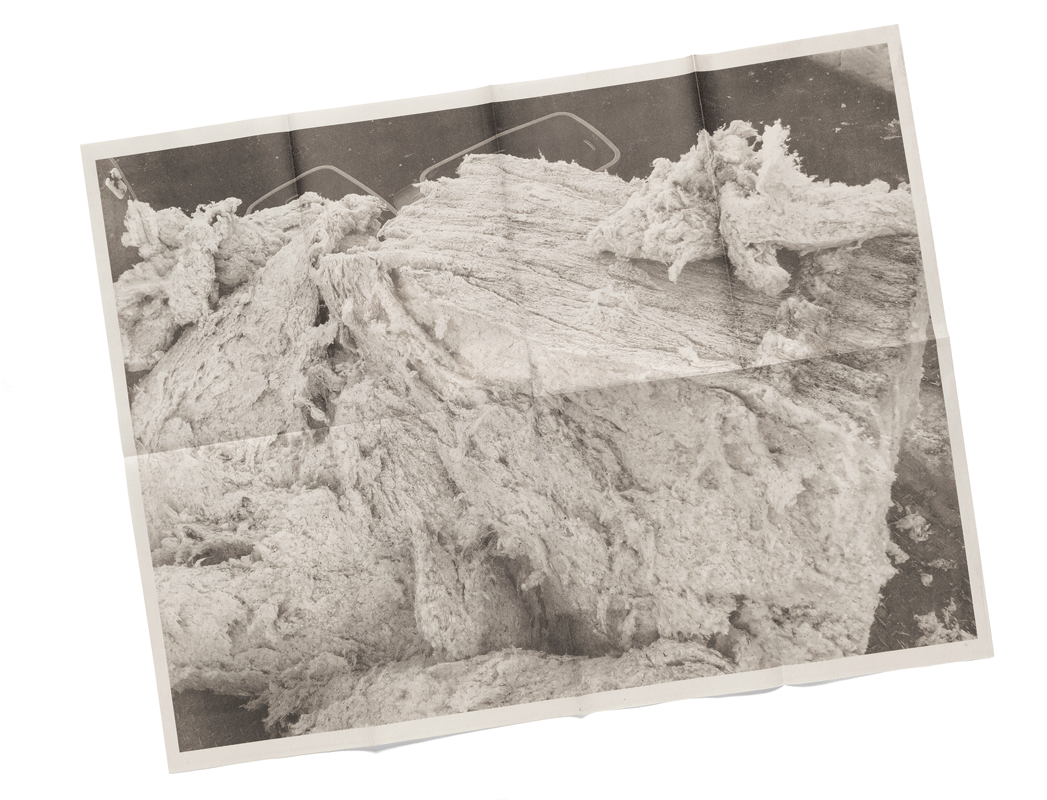COTTON: Raw Material & Precious Metaphor
COTTON: Raw Material & Precious Metaphor
We are delighted to release this publication documenting the 2020 cycle of the Westtown Artist Residency Project. In the spring of 2020, we distributed 97 boxes of cotton fluff (waste material that was donated to us by Chicago store Notre, by way of clothing manufacturer Everybody.world) to artists around the country to do what they would with. This gesture of dispersed material collectivity was, of course, a reaction to the limitations of the pandemic and a way of opening up our annual residency program to a wide swath of participating artists.
The publication and the corresponding exhibition at Brooklyn’s Room 482 include documentation, in both image and text, of the diverse responses to the raw material, a sampling of cotton fluff and an interactive activity board designed to encourage investigation and engagement with the raw material. We hope you enjoy it.
Featuring contributions from:
Bryana Bibbs / Jerry Bleem / Sasha deKoninck / Muriel Condon / Jaya Griscom / Kim Hall / Erika Hanson / Sara Havekotte / Crystal Heiden / Lily Homer / Johanna Houska / Eva Joly / Deirdre Colgan Jones / Millicent Kennedy / Riley Kleve / Ashley May / Dori Miller / Suzanne Morgan / Catherine Reinhart / Megan Rothstein / Soyoung Shin / Gwen Smuda / Fereshteh Toosi / Charlie Vinz / Katie Vota / Ursula Wagner
Publication design by Kendall Schauder, Matt Wagstaffe and Emily Winter,
Exhibition design by Alice Gong and Kendall Schauder
20% of publication sales will be donated to the Black Family Land Trust to support efforts towards Black landownership and wealth retention, particularly in the Southeast. The Great Land Robbery by Vann Newkirk II provides an excellent history of the long-ranging and systemic challenges faced by African-American farmers and landowners since Emancipation.









